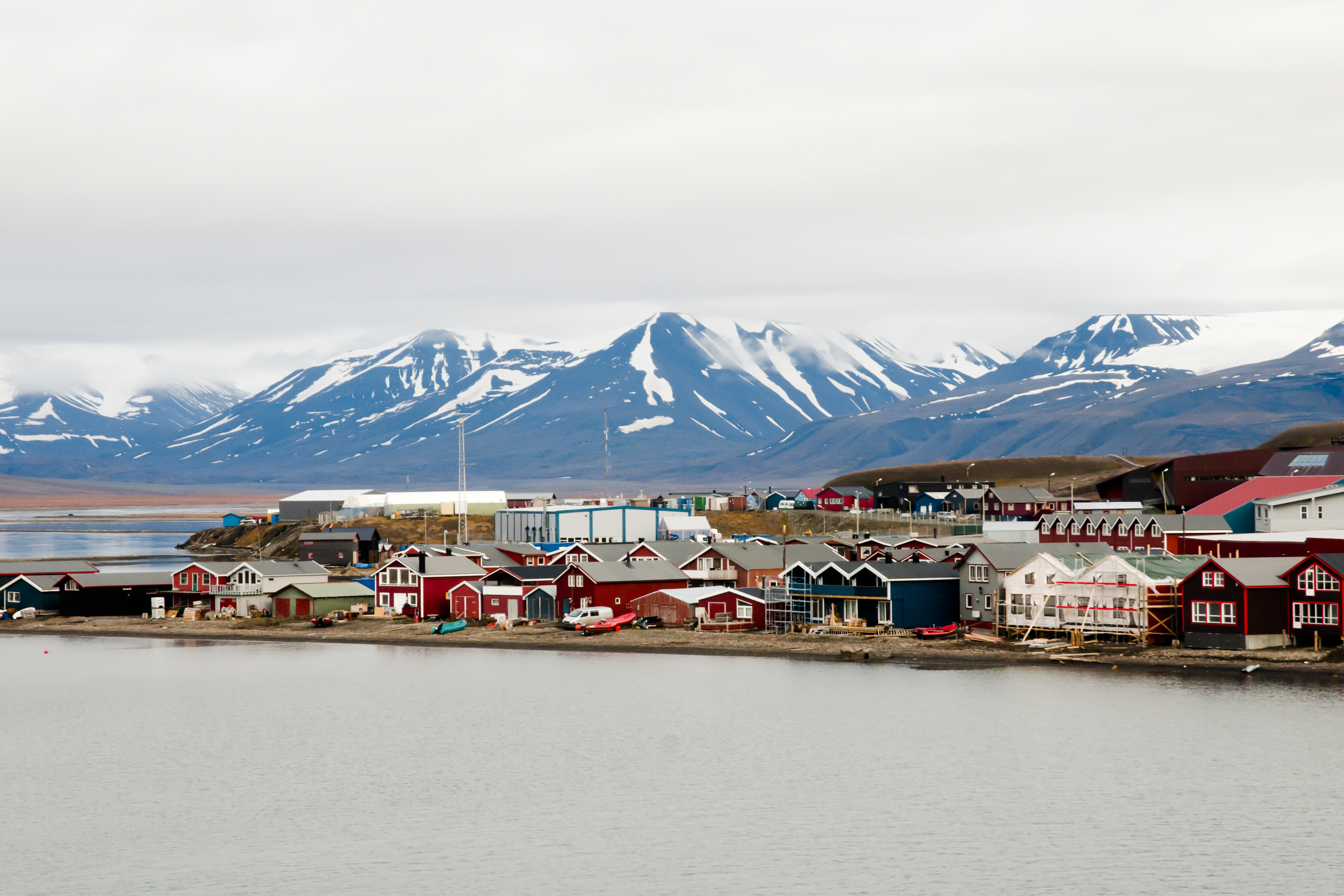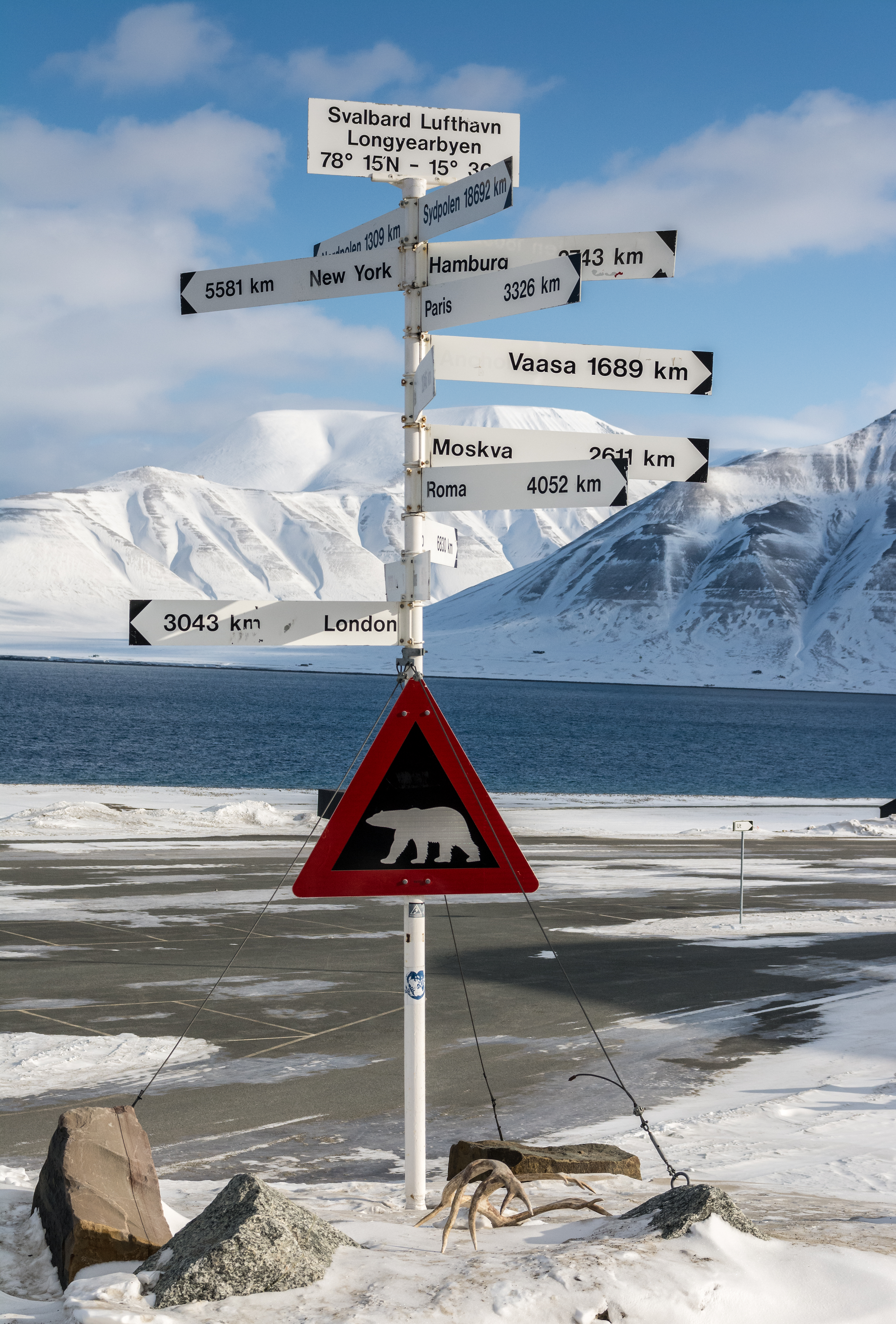The Svalbard Treaty faces new challenges

Almost 100 years after its inception, the Svalbard Treaty is meeting new challenges.
“The Arctic security environment has changed profoundly over the last almost 100 years since the Svalbard regime is in existence and now it faces new challenges, which could not possibly be envisaged by its creators,” say Timo Koivurova and Filip Holiencin from the Arctic Center at the University of Lapland in Rovaniemi, Finland.
In 2020 Norway will celebrate 100 years since the Svalbard Archipelago was placed under Norwegian sovereignty. While back in 1920 the Svalbard Treaty was a remarkable success of state cooperation, the 10 decades since then have brought about significant challenges to the regime.
Persisting legal uncertainty in the offshore areas surrounding Svalbard, along with increased commercial activities in those areas — against the backdrop in which climate change promises even more economic possibilities—creates tension in the region, the two researchers find in their research, which is part of a project led by the Åland Islands Peace Institute (ÅIPI) called “Demilitarization in an increasingly militarised world. International perspectives in a multilevel regulatory framework.”
This situation then has direct repercussions for Svalbard’s territorial security regime, they argue.
Svalbard used for military purposes
“A significant challenge are recent accusations that Svalbard is being used for warlike purposes, i.e. that the satellite data downloaded from Svalbard is either of a military character or being used for military purposes, which would, at the very least, go against the spirit of Svalbard Treaty,” Koivurova and Holiencin tell High North News.
The Svalbard Treaty not only clarified the archipelago’s international status by putting it under Norwegian sovereignty and granting all states acceding to the treaty commercial rights to Svalbard’s resources. Most importantly, article 9 guarantees its peaceful utilization, according to which Svalbard “may never be used for warlike purposes.”
“The treaty was thus a balanced and specially tailored legal arrangement, which at the time of its creation not only replaced the legal uncertainty hindering the emerging industrial activities, but granting sovereignty over the archipelago to a relatively small and non-threatening state also had a geopolitical implication of trying to keep Svalbard outside of the range of great powers,” Koivurova and Holiencin explain.

No dispute settlement mechanisms
But new demands and tensions threaten the stability of the regime. Uncertainty as to the geographical scope of the treaty — for example, if it also includes the continental shelf — pits countries against each other, especially Norway and Russia.
Possibly increasing fisheries opportunities in the waters around Svalbard may heighten commercial interest in the area even more.
“With these new challenges arising, the main concern of Svalbard’s territorial security regime is that there is no mechanism for dealing with disagreements and accusations such as those of alleged military usage, neither are there any multilateral mechanisms that allow parties to meet and interact,” Koivurova and Holiencin tell HNN.
It remains to be seen if the 100th anniversary will be used to start a dialogue on possible reform and addition of dispute settlement mechanisms to the Svalbard regime.
Optimistic outlook
Despite the new security environment, the two researchers still have an optimistic outlook for Svalbard. A crucial stabilizer has been Norway’s responsible and balanced stewardship role in exercising its sovereignty over Svalbard while taking into consideration the rights of the other treaty signatories.
They further argue that the provisions of the Svalbard Treaty are widely seen as both valid and legitimate, and actors might stick to the regime since it has overall worked well over the years. This shows that next to agreements on paper, a history of working together and trust are essential parts of Arctic cooperation. After 100 years of cooperation on Svalbard among by now 45 signatories, one can hope that enough trust has been built to tackle the new challenges ahead.